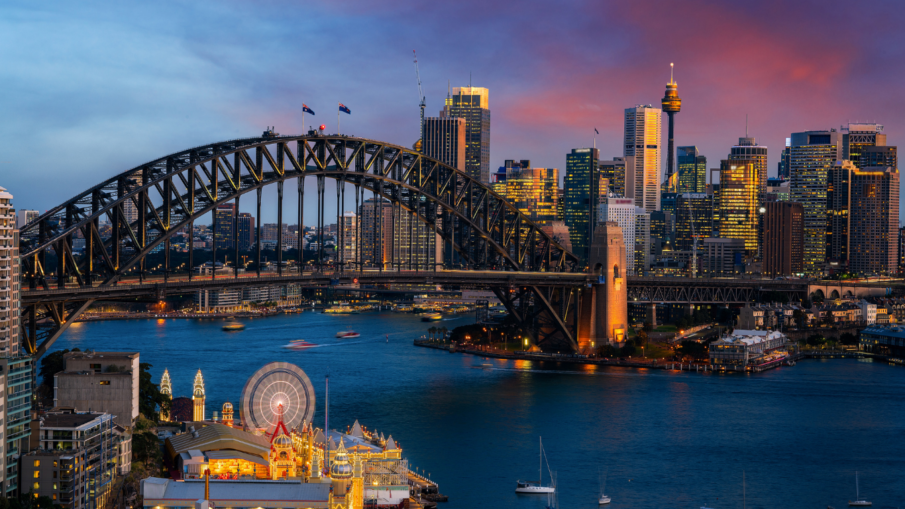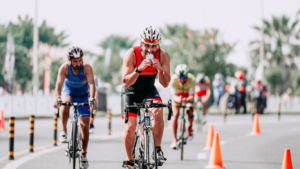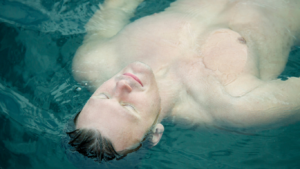I’m Priya Gupta, an Aussie with roots stretching back to the bustling streets of New Delhi, and I’ve found an unexpected sanctuary in float therapy that has deeply enriched my meditation practice. Nestled between the vibrant life of Sydney, with its endless beaches and the laid-back lifestyle, and my heritage that’s steeped in a rich tapestry of meditation and mindfulness, my journey into float therapy feels like a bridge between two worlds, offering profound insights and a deeper connection to my inner self.
My adventure with float therapy began on a typical sunny afternoon in Sydney, driven by curiosity and a yearning for a deeper meditative experience. As someone who grew up with meditation as a part of daily life, the concept of floating in complete isolation, ensconced in silence, promised a new dimension to my practice. The idea was intriguing—could this modern wellness trend offer a new pathway to the ancient art of meditation that I held so dear?

The initial plunge into the world of float therapy was both exhilarating and slightly daunting. The concept of stripping away all sensory inputs to focus purely on the mind was a challenge I eagerly accepted. Floating in the salt-infused water, with no light or sound to anchor my senses, I embarked on what was to be one of the most profound meditation sessions of my life. In the absence of external distractions, my mind, which I had expected to race in the silence, began to quieten. Thoughts drifted like leaves on a slow-moving stream, coming and going with a gentleness that was both surprising and deeply comforting.
This was meditation like I had never experienced it. The usual effort to focus or fend off distractions was unnecessary here; the float tank offered a sanctuary where meditation unfolded with an ease and depth that was startling. Each minute in the tank felt like peeling away layers, revealing states of consciousness that were usually elusive in my traditional seated practice. The deep relaxation facilitated by the weightlessness allowed my body to recede into the background, making the meditative state not just a mental exercise but a holistic experience.
Reflecting on my sessions in the float tank, I’m left with a sense of awe at the simplicity and power of this practice. It has led me to ponder the potential of float therapy not just as a tool for relaxation but as a modern companion to meditation. How can we integrate this practice into our daily lives to enhance mindfulness and well-being? What lessons can we draw from the profound stillness and introspection offered by float therapy to deepen our meditation practice outside the tank?
My journey with float therapy continues to evolve, each session a voyage into the depths of my mind and soul. It has become a cherished part of my routine, a space where I can explore the infinite landscapes within, free from the constraints of the physical world. To fellow meditation enthusiasts and seekers of inner peace, I share this story as an invitation to explore float therapy. In its silent embrace, you may find a powerful ally on your path to mindfulness, a space where meditation transcends the boundaries of tradition and enters a realm of boundless possibility.






